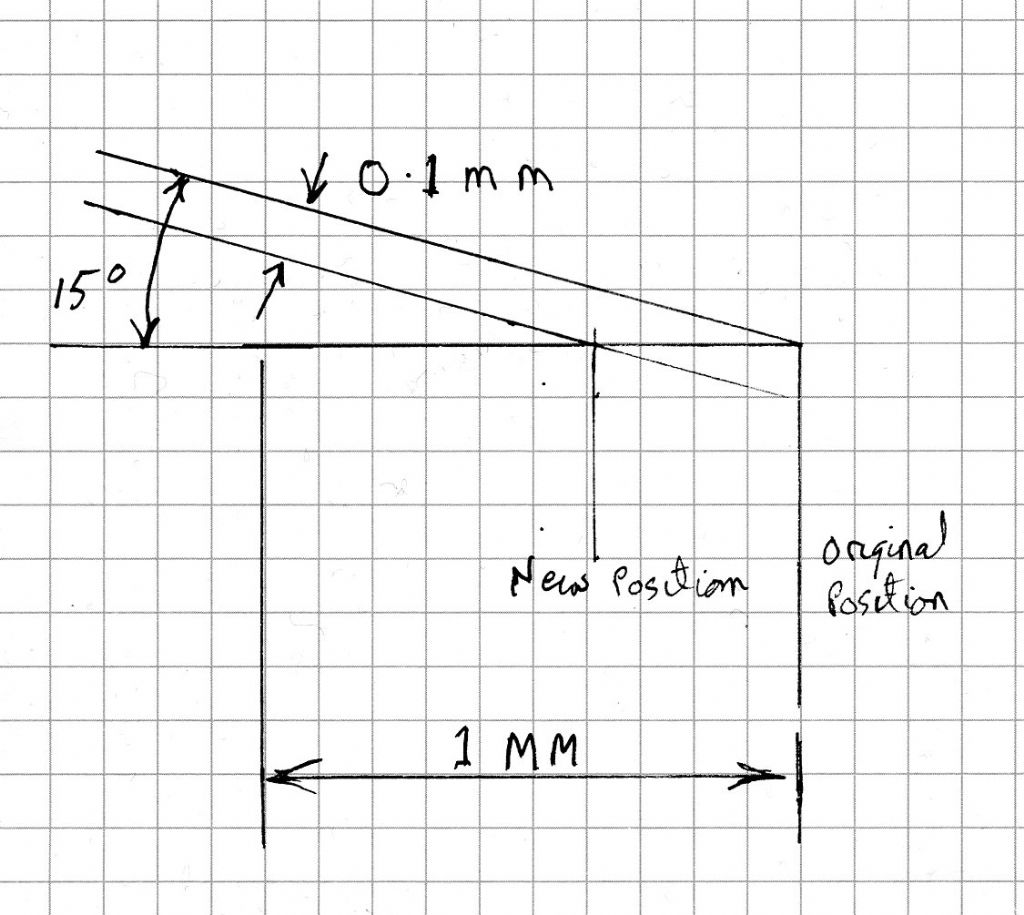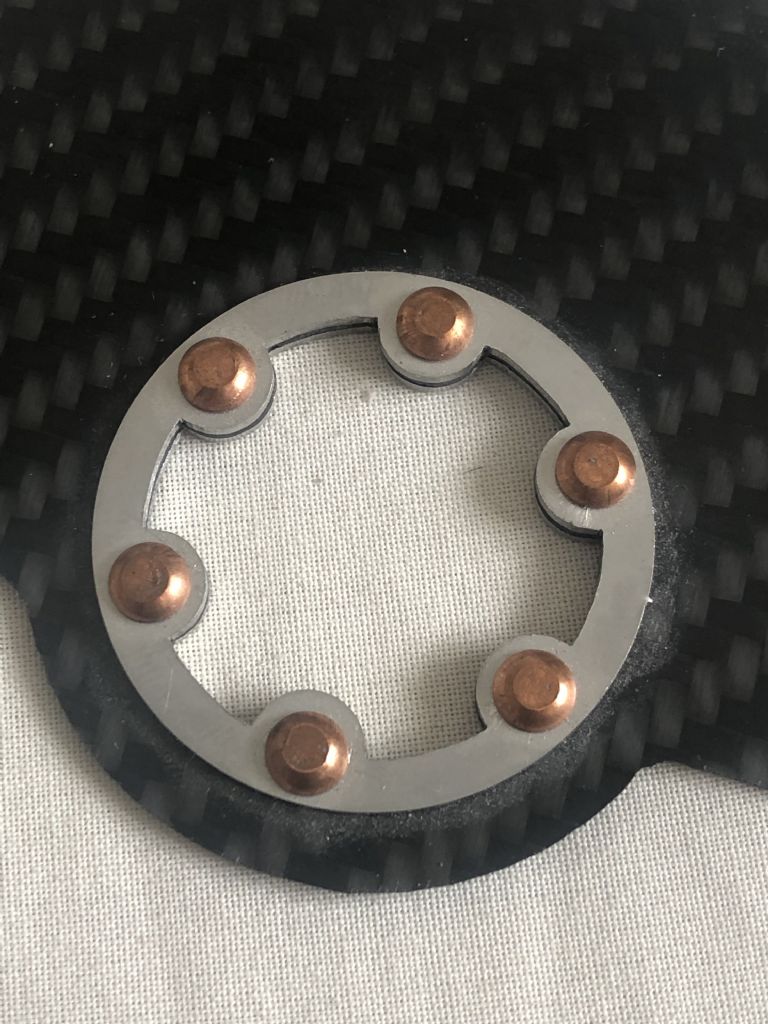Posted by pgk pgk on 28/06/2020 06:13:39:
Surely that's down to quality of component fit, durability of material and assuming identical expansion coefficients?
Perhaps we can reframe his question: for any two particular pieces kept at a reasonably steady temperature, if you dismantle and remantle them repeatedly, how close to 'the same' do they go back together? For the sake of clarity, assume they are both steel.
To the OP. Do some experiments yourself. Poke a Morse something into your lathe spindle and zero an indicator on it. Remove it and insert it again. Check indicator reading.
If drawbar-mounted, see if drawbar torque affects results. Analyse effect of percussive seating of item.
Camlock lathe spindles have a taper mounting. I believe the spec. talks about the gap between the back of the chuck and the face of the spindle and mentions a number around 0.001" so you can infer taper-seating repeatability from this.
Look at milling machine spindles: things like classic 7:24 tapers are not face-seating, but more modern ones (possibly HSK, but you need to check) do seat on both the face and the taper, so the specs. and information on these will give you some useful pointers.
 Nicholas Farr.
Nicholas Farr.







